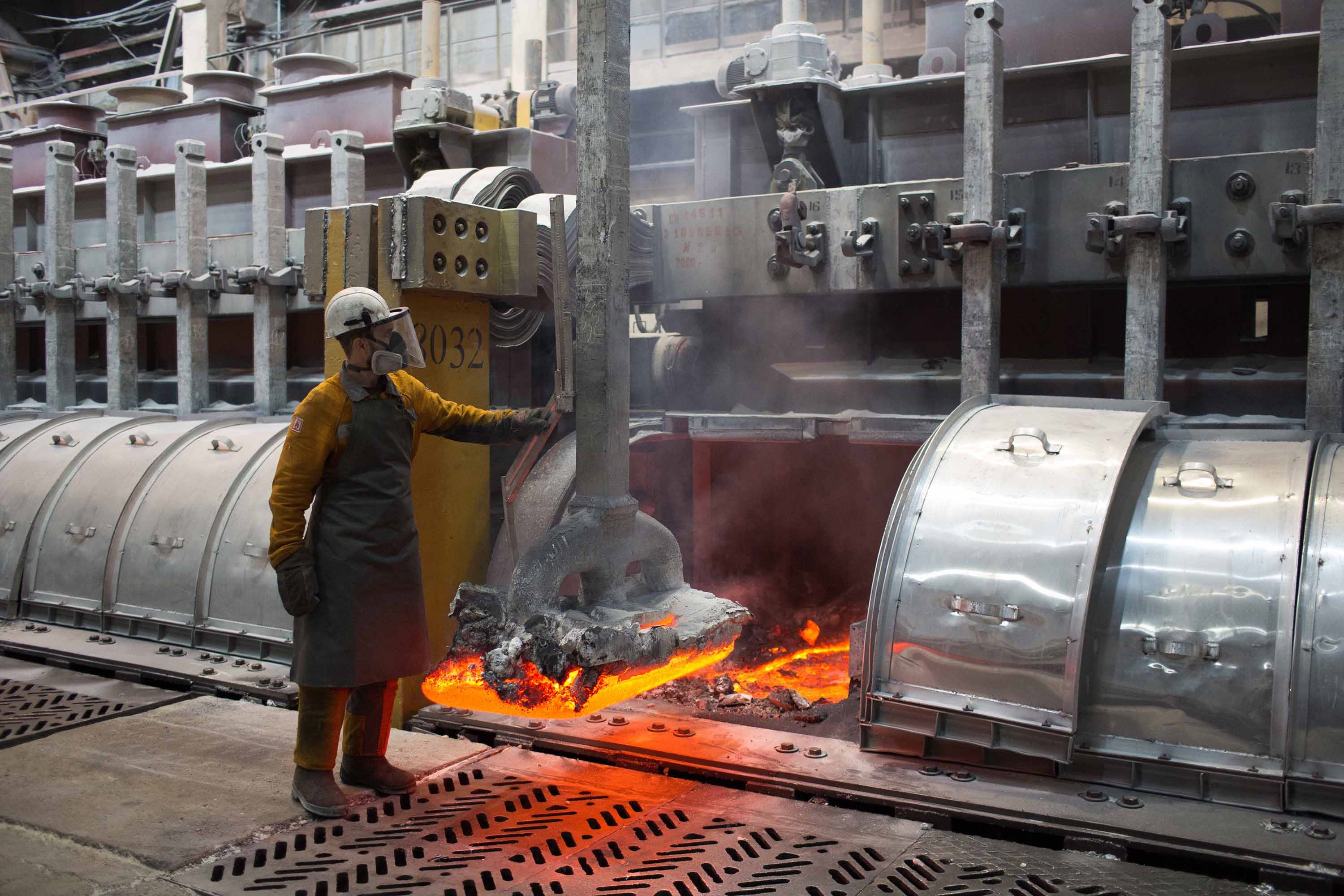Rusal declares revenue growth to US$7153 million during 1H2022; operational performance turns weak
On Friday, August 12, Rusal, the Russian aluminium giant announced its H1 2022 operational and fiscal results ended June 30, reporting a 1.2 per cent increase in primary aluminium output to 1.89 million tonnes versus 1.87 million tonnes during the same period last year. But the sales of primary aluminium and aluminium alloys declined by 11.9 per cent year-on-year from 2 million tonnes to 1.76 million tonnes.

As far as the production of raw materials is concerned, both bauxite and alumina output has registered a decline for H1 2022 by 11.8 per cent and 19.6 per cent, respectively. According to the data released by Rusal, bauxite production decreased year-on-year from 7.64 million tonnes to 6.74 million tonnes, while alumina output shrank from 4.1 million tonnes to 3.3 million tonnes.
Production was suspended at Nikolaiev Alumina Refinery due to the geo-political crisis with Ukraine, which lowered the output of alumina and affected the supply of raw materials for aluminium production and led to an increase in costs. Aluminium production cost shifted up by 33.2 per cent to US$2,028 per tonne versus US$1,523 per tonne during H1 2021.
Nonetheless, Rusal’s financial performance has registered a growth for H1 2022, with revenue increased from US$5,449 million to US$7,153 million and Adjusted EBITDA from US$1,315 million to US$1,807 million. Adjusted net profit climbed up 1.5 per cent from US$679 million in H1 2021 to US$689 million in H2 2022. However, net income slipped to US$1,680 million, compared to US$2,018 million a year ago.
Increase in revenue and net profit could be attributed to the higher average sales price of aluminium at US$3,365 per tonne in the first six months of 2022, driven by an increase in the average LME QP1 component and a rise in the average premium component.
Rusal also declared its total assets of US$25,419 million and net debt of US$5,868 million at the end of June 30, 2022.
This news is also available on our App 'AlCircle News' Android | iOS


























